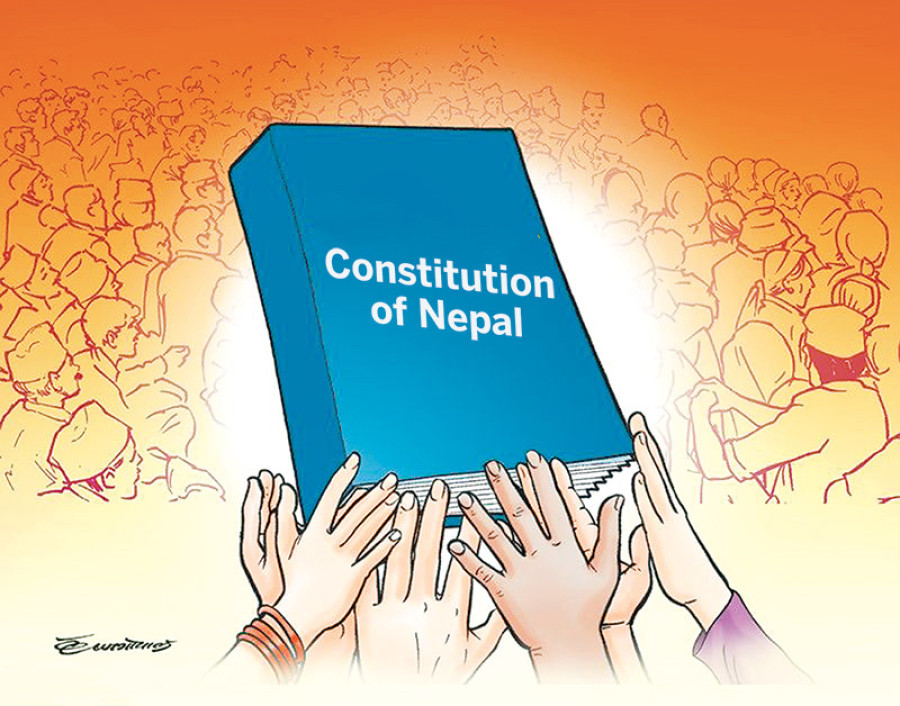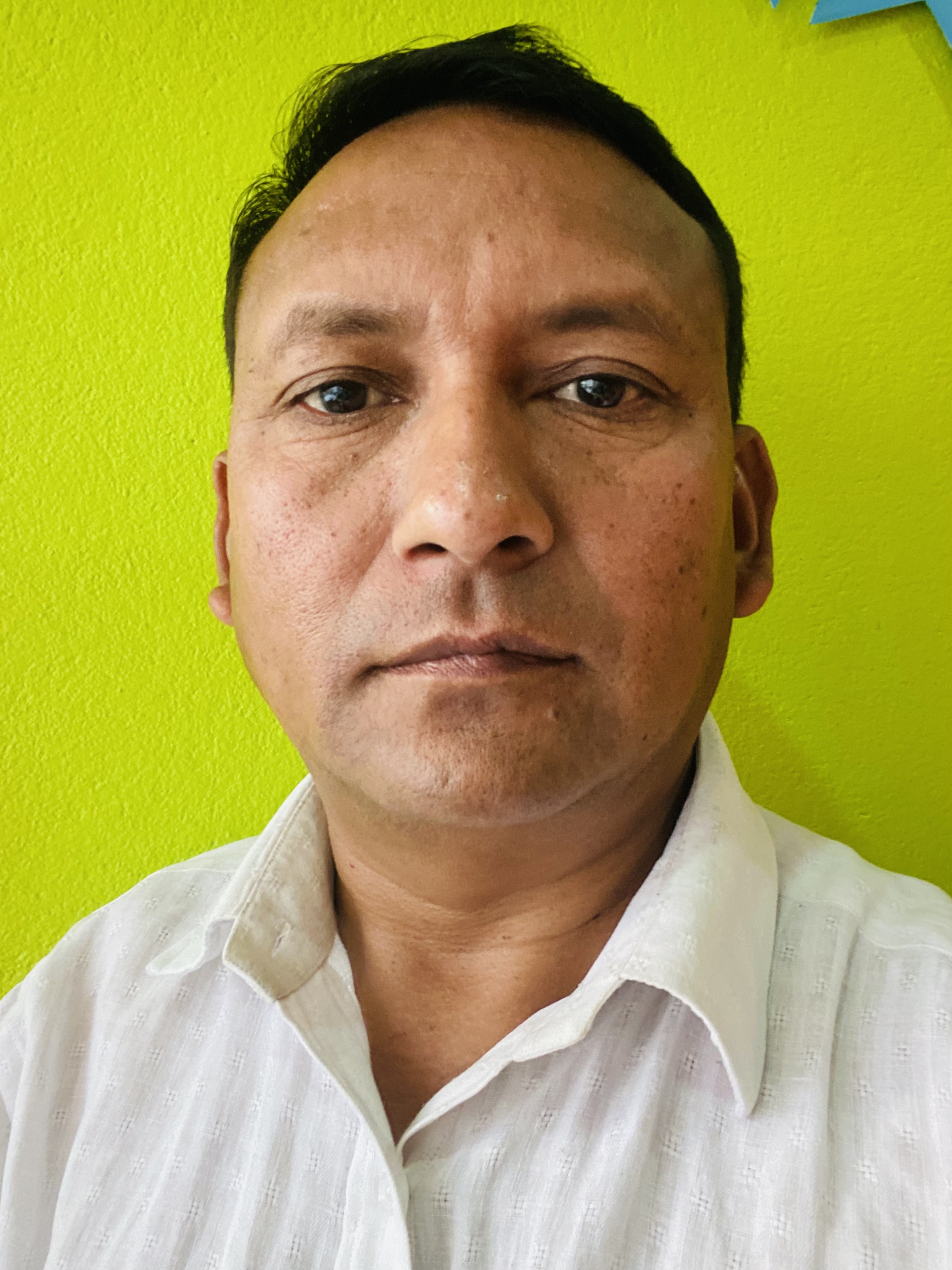Columns
Constitution is not the problem
Critical constitutional reforms are required to protect and promote the rights of the disgruntled groups.
Mitra Pariyar
In the run-up to Constitution Day (Asoj 3), the government is preparing to partially open the historic Dharahara Tower to the public. Major parties are planning their own events to mark the special day. At the same time, tension is growing as those opposed to the 2015 Constitution of the Federal Democratic Republic of Nepal secretly plan to create a disturbance on the streets of the capital city.
Some activists are openly preaching their intention to eventually turn Nepal into another Bangladesh and drive party rulers out of the country like Sheikh Hasina. Of course, this dream is impossible and not in the national interest. Yet the government anticipates a significant confrontation with the protestors that day—probably comprising Madheshi groups, monarchists like the Rastriya Prajatantra Party and anti-corruption activists.
I advise restraint from the perspective of Dalits, Janajatis and other marginalised groups. We must indeed come out in large numbers and demonstrate to demand appropriate statute reforms and vent our anger at the authorities for ignoring our major causes. But we should peacefully protest to not aid and abet monarchists and others who want to reverse this constitution's great achievements.
We cannot afford to lose some of the constitution's gems, such as republicanism, secularism, proportional representation, inclusion, human rights, press freedom and the rights and privileges accorded to historically oppressed castes and communities. Our demand should be to get more rights and to force the state to implement those provisions.
Do we want the monarchy back?
The simple answer is no. Republicanism is one of the significant sources of contention against this constitution among some people, but it’s almost impossible to resurrect the Hindu monarchy in today’s Nepal. The call for restoring the deposed King may appear increasingly louder in the media, also because many of the proponents of this idea belong to the high-caste elite groups. The ground realities, however, paint a different picture.
A look into the country’s demography alone is sufficient to understand why the monarch's return is impossible today. Understandably, few Dalits, ethnic nationalities, Madheshis, Muslims, Christian converts, etc., support the monarchy. The majority of this population has suffered a great deal under the dictatorship of the Hindu king through the centuries. One shouldn’t be confused by a few individuals like Rajendra Lingden, who leads a highly conservative Hindu monarchist party, the RPP.
Some people are frustrated with growing immorality, dishonesty, corruption and poor delivery of the party leadership and may assume that the monarchy was better. Why not have just one king with the crown rather than several kings sans the crown? But history suggests otherwise.
Monarchy is responsible for Nepal's status as one of the poorest nations. Kings didn’t develop Nepal as much as they could have, not least in the second half of the 20th century, when many nations, mainly those in East Asia, became tremendously rich and powerful.
The Shah kings did nothing substantial to promote the rights and identities of the marginalised communities. Instead, they persistently dominated them. All they did was strengthen the Hindu caste hierarchy, greatly impeding national progress and development, as anthropologist Dor Bahadur Bista famously argued in Fatalism and Development.
It’s thus important to understand that republicanism is not the real issue here; Brahmanism is the mother of our current ills. After the termination of the Hindu monarchy, the power and influence of the second-tier Chhetri and Thakuri, too, have eroded rapidly. Forget about distributing power to the lower ranks. Hill Brahmins or Bahuns have virtually monopolised all state sectors, including political power and juridical and military authority. Indeed, they are always in charge of the religious realm.
Constitutional reform
We must focus not on dismantling the 2015 constitution, returning it to its 1990 form by reviving monarchy as monarchists have demanded—but on reforming it to reflect current realities. There must be ways to ensure, for example, that leaders cannot exploit the provisions of Article 76 to frequently change governments. We must ensure that no individual, family, clan, caste or community can monopolise power for as long as is happening now.
Solid constitutional provisions should also be made to ensure that political parties operate more democratically and transparently and that party leaders are held accountable for their actions. Importantly, changes should reduce financial and other forms of corruption and/or misuse of authority at the highest level.
One way to do so would be to find ways to prevent the use of large sums of money to contest elections. When officials are forced to invest massive amounts simply to get elected, they will naturally be forced to use every possible means to return that money. This is a significant driver of widespread corruption and other power misuse. The fully proportional electoral system is often touted as the best way out of the vortex of corruption. Still, more careful considerations are required to find the most suitable way forward.
Likewise, critical constitutional reforms are required to protect and promote the rights and privileges of the many disgruntled groups nationwide. There’s a severe need to make all organs of the state sensitive to the suffering of Dalits and other suppressed communities.
Promoting Dalit freedom
Party leaders have cheated Dalits by declaring Nepal a state free from untouchability and making provisions to safeguard their rights and uplift them socially and economically but not enforcing the constitutional and legal requirements. They spend significant amounts to make villages free from open-air toilets. Not a penny has been spent to realise the dream of a society free from caste discrimination, however.
High-caste politicians have effectively copied King Mahendra's strategy. The latter made constitutional changes in 2020 BS to apparently end caste discrimination, but they permitted and preserved it by stating that religious and cultural beliefs and practices should be respected.
I’d urge the Nepali Government and Parliament to add a provision in the constitution to amend religious and cultural beliefs and traditions to eradicate caste discrimination. Much of the caste-based humiliation, hatred and violence emanates from Manusmriti, Parasarsmiriti and Garud Purana and many other Hindu texts. Traditional shamanic and tantric traditions, too, are laden with systems of caste exclusion and separation.




 16.2°C Kathmandu
16.2°C Kathmandu















